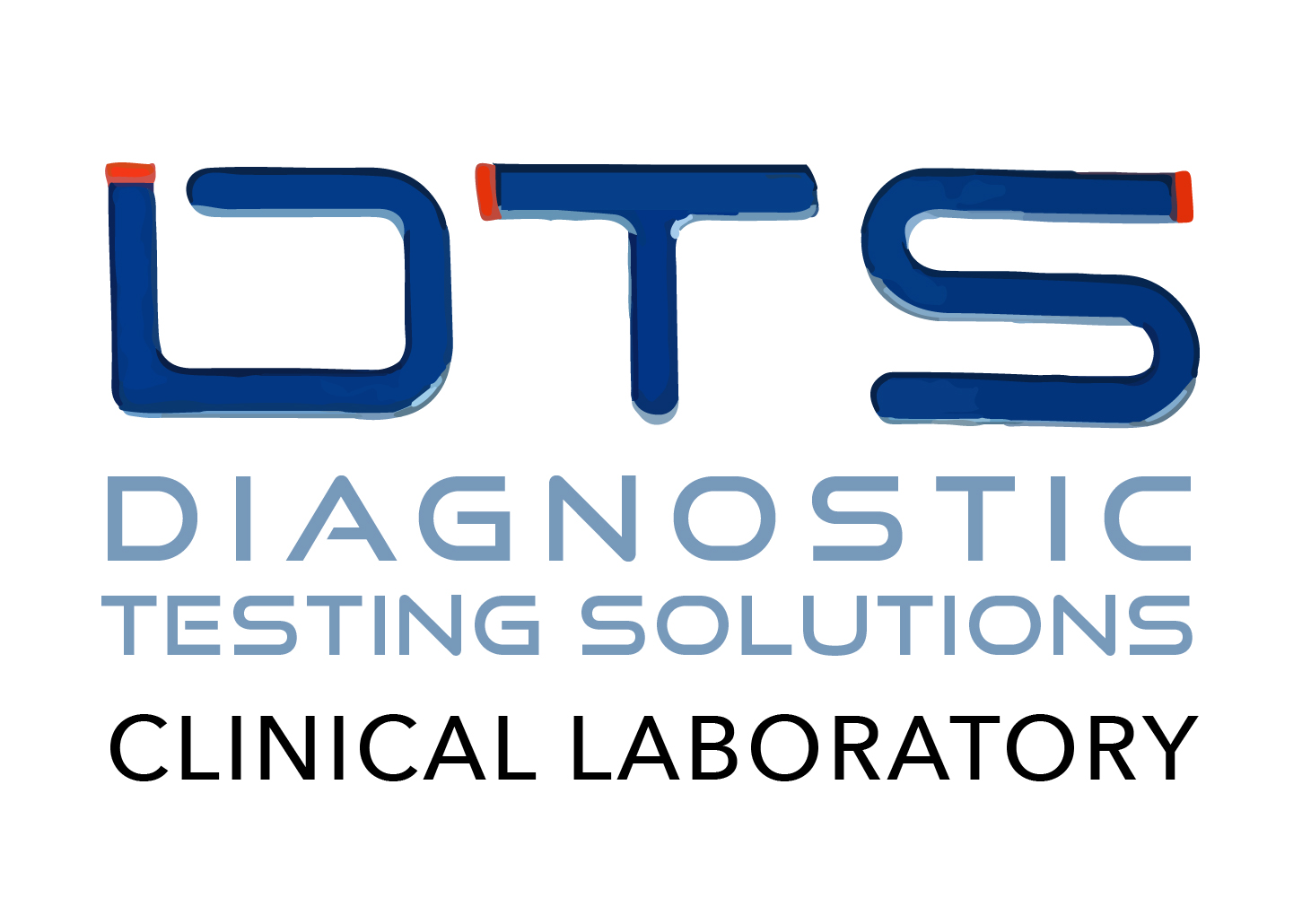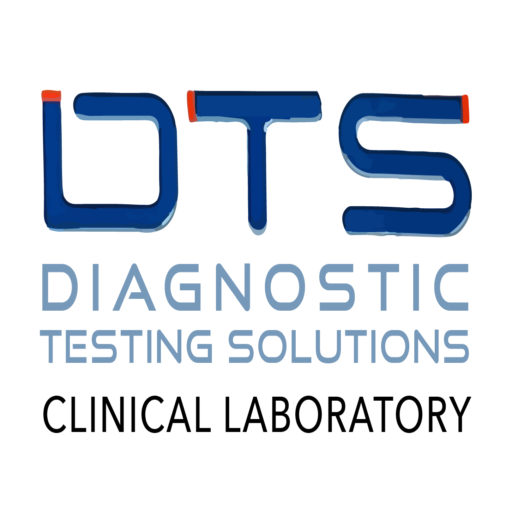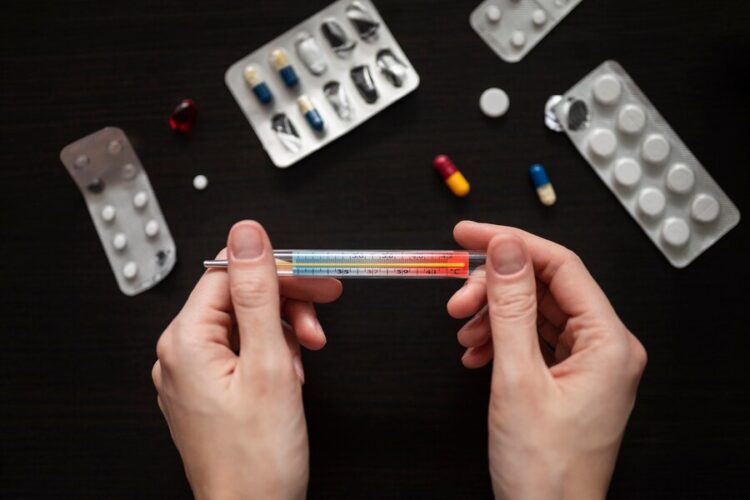
In today’s society, maintaining a safe and healthy environment is more critical than ever, making drug and alcohol testing an essential practice across various industries. These tests detect the presence of illegal substances or alcohol in a person’s system, ensuring that workplaces remain safe and compliant with regulations. Whether it’s for employment screening, random testing, or post-accident assessments, understanding the significance of these tests is vital for employers and employees.
Drug and alcohol test methods have evolved over the years, offering a range of options tailored to different needs and scenarios. Common methods include urine, blood, saliva, and hair testing, each with unique benefits and detection windows. By exploring these testing methods and their applications, organizations can better protect their workforce and promote a culture of responsibility and safety.
Understanding Drug and Alcohol Tests
Drug and alcohol tests are procedures used to detect the presence of substances in a person’s system. These tests are vital in maintaining workplace safety, ensuring compliance with legal standards, and supporting public health initiatives. Commonly tested substances include marijuana, cocaine, opiates, and alcohol.
Types of Drug and Alcohol Tests Offered
When it comes to drug and alcohol testing, a variety of options are available to meet specific needs. Each type of test is designed to detect different substances and provides varying levels of accuracy and detection windows. Understanding these types can help organizations choose the most suitable method for their testing requirements.
Common types include urine tests, which are widely used for their reliability and cost-effectiveness, and hair tests, which provide a longer detection period. Saliva tests offer a quick and non-invasive option, while blood tests are used for precise impairment assessments. Each method has advantages, so selecting the right type for effective monitoring and compliance is essential.
5 Panel Urine Drug Test
The 5-panel Urine Drug Test is among the most common tests used in various sectors. It screens for five major substances: marijuana, cocaine, opiates, amphetamines, and PCP (phencyclidine). 5-Panel Urine Drug Test is frequently utilized in pre-employment screenings due to its reliability and cost-effectiveness.
Hair 5-Panel Drug Test
Unlike urine testing, the Hair 5-Panel Drug Test offers a longer detection window, as it can identify substance use over the past 90 days. It screens for the same five substances as the urine test and is often used in cases where a more extended history of substance use is needed.
Urine 10 Panel Drug Test
This comprehensive test checks for ten different substances, expanding on the 5 Panel Urine Drug Test to include benzodiazepines, methadone, and barbiturates. It is commonly used in workplaces that require thorough screening for drug abuse.
10 Panel Hair Drug Test
Similar to the urine version, the 10-panel Hair Drug Test detects a broader range of substances, making it a preferred choice for employers who want exhaustive results regarding potential drug use over an extended period.
5-Panel Rapid Drug Screen
The 5-Panel Rapid Drug Screen is a quick test that provides immediate results. It is ideal for on-the-spot testing in various situations, and it is helpful in workplaces that require fast and reliable screening.
10-Panel Rapid Drug Screen
This rapid test covers ten substances, offering a fast, preliminary assessment for employers and administrators. Based on the results, it allows immediate action, rapidly enhancing workplace safety.
When are Drug and Alcohol Tests Necessary?
Drug and alcohol tests are conducted in several situations, including:
- Pre-Employment Screening: Employers often require tests to ensure safe hiring practices and a drug-free workplace.
- Random Drug Testing: Many organizations implement random screening policies to deter substance abuse among employees.
- Post-Accident Testing: Following workplace accidents, testing can help determine if drug use contributed to the incident.
- Routine Health Screenings: Certain professions, such as transportation and aviation, mandate regular drug and alcohol tests for compliance with state and federal regulations.
The Importance of Drug and Alcohol Testing
Understanding test results is crucial. A negative result indicates no detectable substances, while a positive result requires further confirmation. Individuals must know their rights and the procedures that follow a positive test, including the potential for retesting or appeals.
Interpreting Test Results
Drug and alcohol testing provides several benefits:
- For Employers: It enhances workplace safety, increases productivity, and reduces liability.
- For Employees: It creates a safer working environment, thus contributing to job security and overall well-being.
- Addressing Substance Abuse: Testing can be a proactive measure in identifying and supporting individuals facing addiction issues, ensuring they receive the help they need.
Conclusion
Drug and alcohol testing promotes safety, health, and accountability. Understanding the various tests available, such as the 5-panel Urine Drug Test and the Hair 5-panel Drug Test, empowers both employers and employees to make informed decisions. By fostering a culture of awareness and responsibility, we can better address the challenges associated with substance abuse in our society.
Knowing how does a drug test work is crucial for understanding the process. Drug tests typically detect the presence of substances in the body by analyzing samples like urine, hair, blood, or saliva, providing a reliable way to ensure a safe and healthy environment for all.
FAQ’s
Why do people get drug and alcohol tested?
People are tested for employment screening, safety and liability, regulatory compliance, random testing, post-accident assessments, and rehabilitation monitoring.
What are the methods of drug and alcohol testing?
Methods include urine testing, blood testing, saliva testing, hair testing, and rapid testing.
What is chemical testing for alcohol or drugs?
It refers to analyzing biological samples to detect the presence and levels of drugs or alcohol in a person’s system.
What is an alcohol and drug saliva test?
A saliva test is a non-invasive method that detects recent drug and alcohol use through saliva analysis.
What is a drug & alcohol test?
It is a procedure to identify illegal drugs and alcohol presence in an individual’s system using various testing methods.
What is the alcohol test used for?
An alcohol test measures blood alcohol concentration to assess impairment, ensure compliance, and provide legal evidence.






